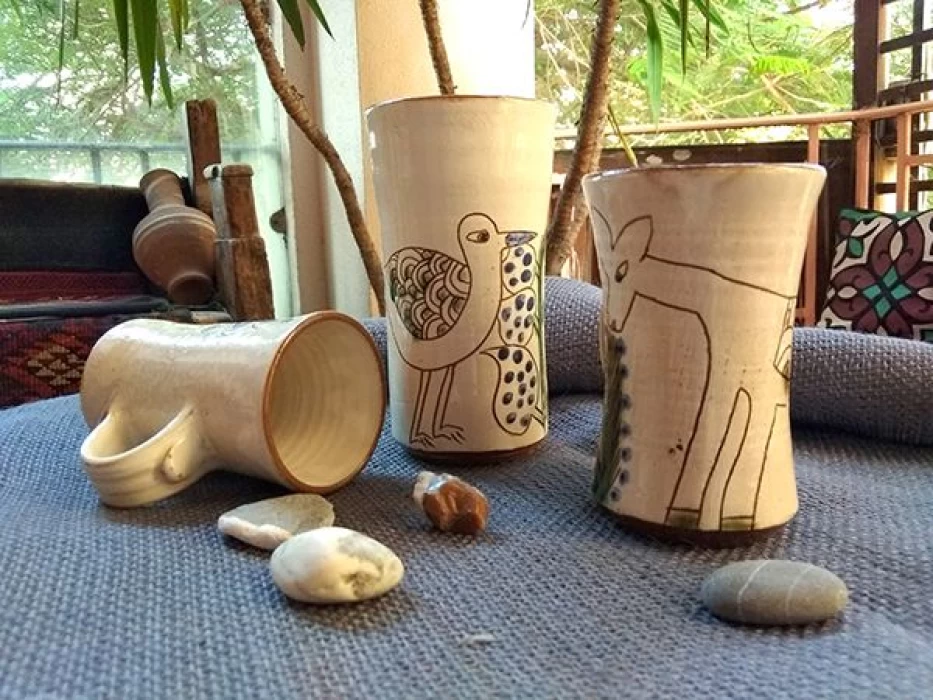
Ancient Egyptian pottery
Ancient Egyptian pottery
The Egyptian Museum in Tahrir, the oldest archaeological museum in the Middle East, houses the largest collection of ancient Egyptian antiquities in the world, and the museum displays a large collection that extends from the pre-dynastic period to the Greek and Roman eras, and among the pieces displayed is a large collection of pottery.
The art of making pottery is one of the distinctive evidence of the ancient Egyptian civilization, as it expresses the extent of development and sophistication, and the pottery industry, although it is the simplest form of art, is actually one of the most difficult crafts The ancient Egyptians knew pottery in early times dating back to the pre-dynastic period (4400-3000 BC).
The Egyptian environment has contributed to the diversity of the pottery product, and the clays are types such as “clay, clay, clay and white clay” and others, and one clay can be mixed with another clay to obtain a new clay composition, and the clays used in the pottery industry in the era of the ancient Egyptian are “Nile silt, Qena clay, Balas and Tibin clay”.
This was confirmed by the finding of many pottery vessels in various archaeological sites, dating back to the early civilizations in Egypt, known by the following names: Badari Civilization, Nagada I, II, and III, civilizations whose influence extended throughout Egypt and beyond.
The Egyptian Museum consists of two floors, the ground floor of which is dedicated to heavy artifacts “such as stone sarcophagi, statues, paintings and wall inscriptions,” while the upper floor is dedicated to light artifacts such as “manuscripts, statues of gods, royal mummies, relics of daily life, mummy portraits, unfinished sculptures, Greco-Roman sculptures and vessels, and relics of other life beliefs,” as well as complete collections such as “Tutankhamun Collection.”














